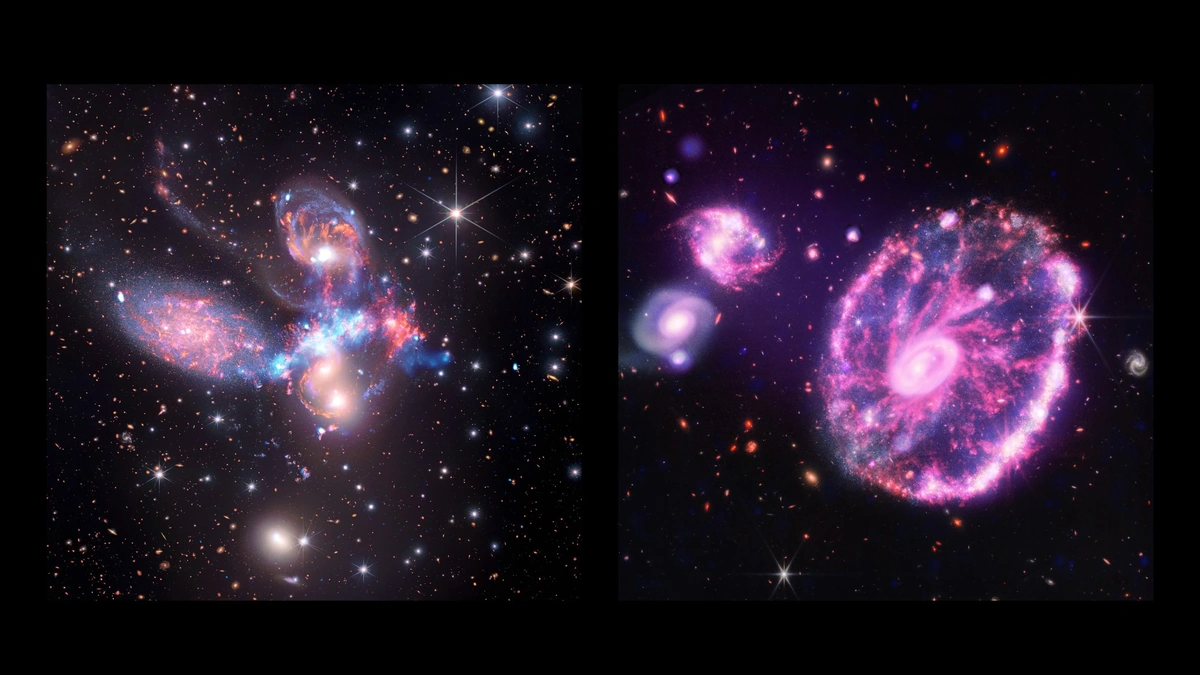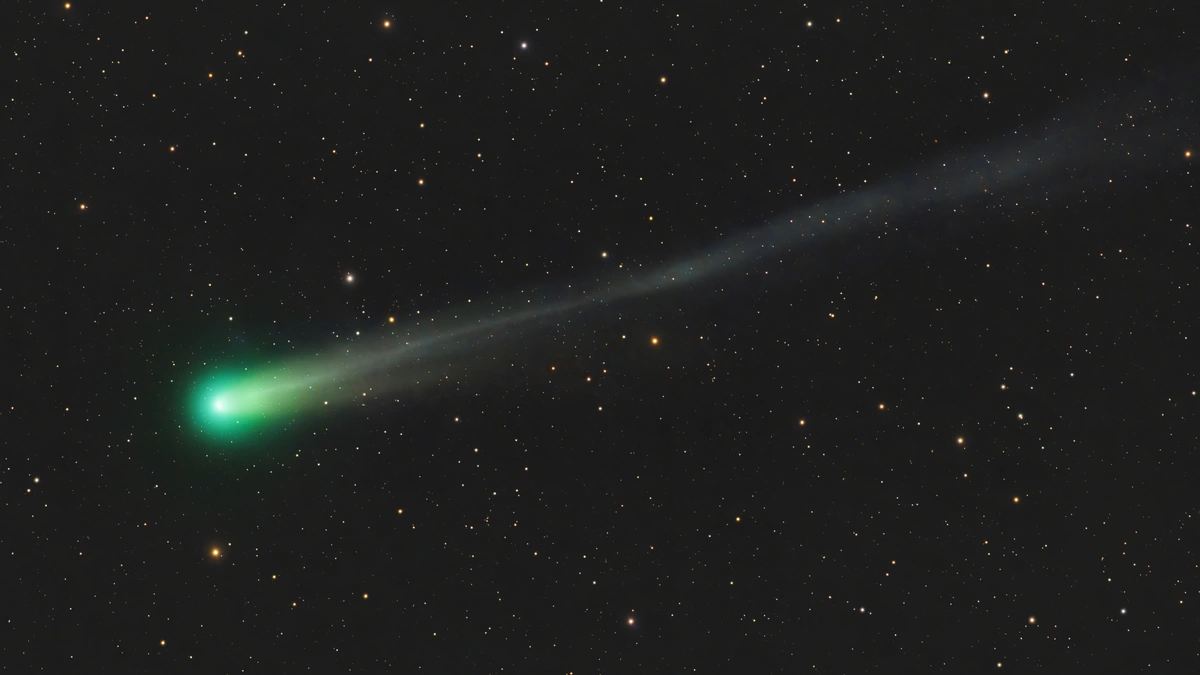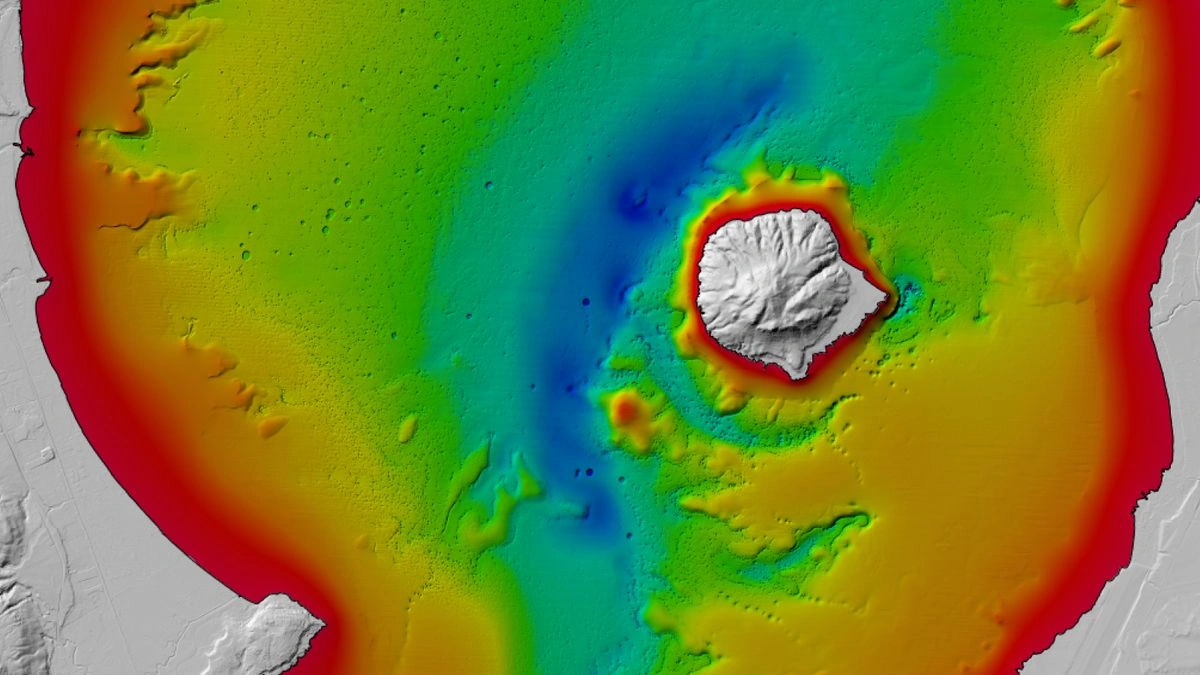Sharpening James Webb Telescope’s Vision from a Million Kilometers Away
Okay, let’s be honest – when I first heard about the James Webb Space Telescope (JWST) getting its vision sharpened from a million kilometers away, I thought, “Seriously? How even…?” It sounds like something straight out of a sci-fi movie. But here’s the thing: it’s real, and it’s absolutely mind-blowing. Forget your average software update; this is like giving the universe’s most powerful eye a brand-new prescription, but from a distance that’s almost four times the distance between Earth and the Moon. So, how did they pull this off, and why should anyone in India (or anywhere, really) care?
The “Why” | Unveiling the Deepest Secrets of the Cosmos

Space exploration might feel like a distant, abstract concept, especially when we’re dealing with everyday issues like, you know, traffic and that perpetually delayed chai delivery. But consider this: the JWST isn’t just taking pretty pictures of nebulae. It’s peering back in time – billions of years – to witness the birth of the first galaxies and stars. This is fundamental stuff. It’s about understanding our cosmic origins. And when we understand our origins, we understand, maybe just a little better, our place in the vast expanse of everything.
What fascinates me is the sheer audacity of the project. We’re talking about a telescope that’s so sensitive, it can detect the heat signature of a bumblebee at the distance of the Moon. Imagine the precision required to focus that kind of instrument after its been launched into deep space! The effort to improve James Webb Telescope vision is driven by a desire to push the boundaries of human knowledge.
But there’s more. The JWST’s enhanced vision also means we can study exoplanets – planets orbiting other stars – in greater detail. This includes analyzing their atmospheres for signs of, dare I say it, life. Finding life beyond Earth would be a game-changer, not just for science, but for humanity as a whole. It would redefine our understanding of our place in the universe and potentially answer some of the biggest questions we have. Here’s something else pretty cool that might interest you.
The “How” | A Symphony of Mirrors and Lasers
So, how did they sharpen the JWST’s vision from a million kilometers away? Well, it wasn’t as simple as sending up a technician with a screwdriver. The process involves a complex interplay of mirrors, sensors, and algorithms. The JWST’s primary mirror is made up of 18 hexagonal segments, each of which can be individually adjusted. These adjustments are made using tiny motors that are controlled remotely from Earth. These mirrors are at the heart of JWST mirror alignment.
The process starts with capturing incredibly precise images of a star. By analyzing the distortions in these images, engineers can determine exactly how each mirror segment needs to be adjusted. Lasers and sophisticated algorithms are used to guide these adjustments, ensuring that the 18 segments work together as a single, perfectly focused mirror. This is not a one-time thing. It’s an ongoing process of fine-tuning and calibration. The telescope calibration process is carefully planned and constantly monitored.
And here’s the mind-blowing part: these adjustments are incredibly precise. We’re talking about movements measured in nanometers – that’s billionths of a meter! It’s like trying to adjust the focus of a camera lens from across the country. I initially thought this was a straightforward calibration, but then I realized just how delicate and complex the whole system is. The remote adjustments are a true engineering marvel.
The Indian Connection | A Global Collaboration
While the JWST is primarily a NASA project, it’s a global collaboration involving scientists and engineers from around the world. And, surprise, surprise – India is playing a role! Indian scientists are involved in analyzing the data collected by the JWST and using it to study a variety of astronomical phenomena. Their expertise is crucial in unlocking the secrets of the universe, working with data from the world’s largest telescope.
Moreover, Indian research institutions are developing technologies that could be used in future space telescopes. This is a testament to India’s growing prowess in space science and technology. It’s not just about sending missions to the Moon and Mars; it’s about contributing to the global effort to understand the cosmos. This collaboration shows India’s growing importance in international space programs.
Why This Matters To You | Beyond the Headlines
Let’s bring this back home. You might be wondering, “Okay, cool telescope, but what’s in it for me?” Well, besides the sheer inspiration of human ingenuity, the JWST’s discoveries could have profound implications for our future. Understanding the origins of the universe can help us understand the conditions necessary for life to arise. This, in turn, could help us identify potentially habitable planets beyond Earth.
And here’s the thing: the technologies developed for the JWST are also being used to improve our lives here on Earth. From medical imaging to telecommunications, the innovations that have come out of space exploration have had a tangible impact on our daily lives. Plus, investing in science and technology creates jobs and stimulates economic growth. The benefits of astronomy are farther-reaching than most people think.
So, the next time you look up at the night sky, remember the James Webb Space Telescope and the incredible feat of engineering that allows it to see further and clearer than ever before. It’s a reminder that even the most complex problems can be solved with ingenuity, collaboration, and a healthy dose of curiosity. And that’s something worth celebrating, no matter where you are in the world.
Looking Ahead | The Future of Space Exploration
The James Webb Space Telescope represents a pivotal moment in our quest to understand the universe. Its ability to observe the cosmos in unprecedented detail is revolutionizing our understanding of everything from the formation of galaxies to the potential for life on other planets. As the telescope continues to send back images and data, scientists around the world will be working tirelessly to analyze and interpret its findings. The wealth of knowledge gleaned from this mission promises to reshape our understanding of the universe for generations to come. The constant stream of data promises to bring years of exciting new discoveries from the James Webb’s observations.
Beyond its scientific achievements, the JWST also serves as a powerful symbol of human collaboration and ingenuity. The project brought together engineers and scientists from numerous countries, each contributing their expertise to the common goal of exploring the cosmos. This spirit of collaboration is essential for tackling the grand challenges facing humanity, from climate change to disease prevention. Space exploration provides an opportunity to unite people from all walks of life in pursuit of knowledge and progress.
So, next time you gaze up at the night sky, remember the James Webb Space Telescope and the countless individuals who made its existence possible. The enhanced capabilities of the JWST allows it to capture breathtaking images of distant galaxies and uncover secrets hidden within the vast expanse of space. Space exploration reminds us that there are still wonders waiting to be discovered. It’s a reminder that our journey to explore the cosmos is only just beginning, and it holds the potential to unlock profound insights into our place in the universe.
FAQ About the James Webb Space Telescope
What exactly did they do to sharpen the James Webb Telescope’s vision?
They precisely adjusted the 18 individual mirror segments using tiny motors, guided by lasers and sophisticated algorithms, to act as one perfectly focused mirror.
How far away is the James Webb Space Telescope?
It’s located about 1.5 million kilometers (930,000 miles) away from Earth, at a point called the second Lagrange point (L2).
What kind of discoveries is the JWST expected to make?
Scientists hope it will help us understand the formation of the first galaxies, study exoplanets in detail, and potentially find signs of life beyond Earth.
Is India involved in the James Webb Space Telescope project?
Yes, Indian scientists are involved in analyzing the data from the JWST and are developing technologies for future space telescopes.
Why should I care about the James Webb Space Telescope?
The JWST’s discoveries could have profound implications for our understanding of the universe and the potential for life beyond Earth, plus the technologies developed for it have benefits for medicine and other areas.
What are the benefits of this telescope for future space exploration?
The JWST’s discoveries could have profound implications for our understanding of the universe and the potential for life beyond Earth, plus the technologies developed for it have benefits for medicine and other areas.













